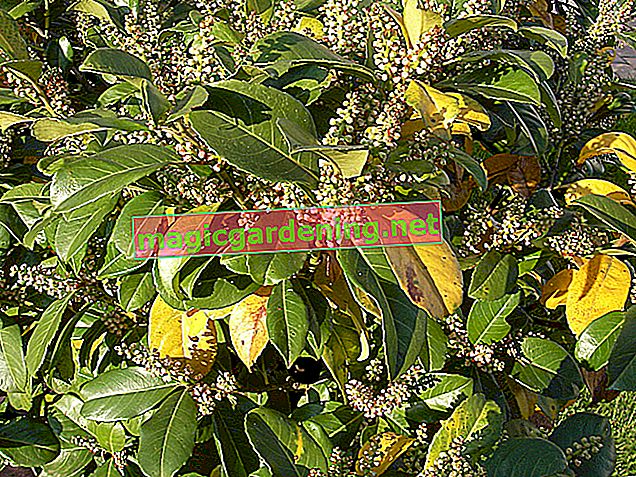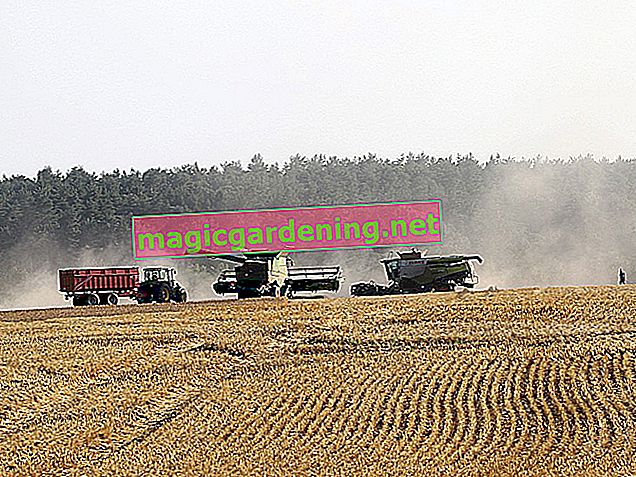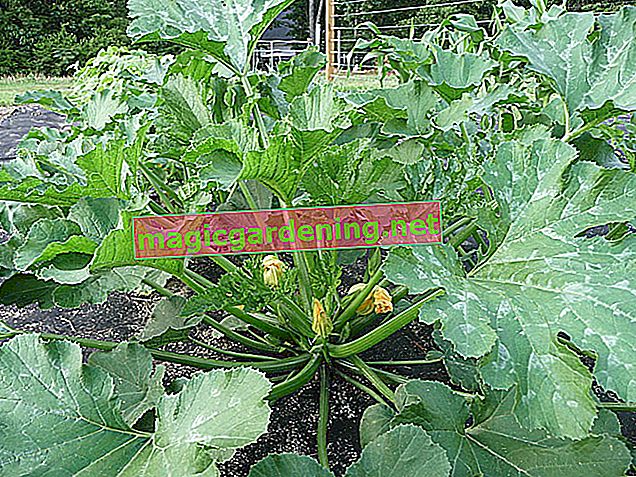
Name and biodiversity
Oaks belong to the beech family, their botanical name is Quercus. More than 600 species are gathered under this genus, all of which differ more or less from one another.
also read
- This is how an oak grows
- Cutting oak - when the grip on the saw is acceptable
- Where is the oldest living oak in the world?
distribution
The main area of distribution of the oak is the northern hemisphere, where the biodiversity is greatest and it is one of the most important deciduous tree species.
Some oak species can also be found in North America, Central America, Eurasia and North Africa.
Most common types in Germany
There are around 30 species of oak in Germany. The front runner - measured by the degree of distribution - is the English oak, also known as the German oak. Other important species are:
- Downy oak
- Bog oak
- Sessile oak
- Turkey
Size and age
The oak can be up to 40 m high and 1000 years old. But these are peak values that not every tree and not every species can achieve. The common oaks and sessile oaks, which are widespread in this country, reach an old age of up to 800 years and develop into stately trees under ideal conditions.
Trunk and bark
The trunk of the oak grows stronger over the years and can reach a circumference of up to 8 m. But there are also significant differences between the individual oak species, which are also reflected in the shape. Some grow straight, others crooked.
The bark is thin and light in color at a young age. Over the years the color darkens until it has reached a shade of brown. Then the bark has long since turned into a thick and cracked bark.
Root system
The oak forms strong tap roots that penetrate deep into the ground. They can reach a length of up to 40 m. This allows the root system to be as powerful as the crown of the tree. That is why the oak is also considered storm-proof. The root system is supplemented by finer roots that are wider.
leaves
The leaves of the oak sprout anew every year. With us this happens between April and June, depending on the weather. The leaves of all oak species have so-called indentations, apart from that, they all look different.
- they are available in different shades of green
- Length and shape vary
blossoms
The blossoms of the oak show up after approx. 60 years and then at a distance of 2 to 7 years. The flower buds sprout at the same time as the leaves. Both male and female can be admired on each oak.
- male flowers are on pendulous catkins 2-4 cm long
- female flowers are smaller and have a button shape
Fruits and seeds
The fruits of the oaks are the acorns that we find below the tree in autumn. Inside each of them there is one or occasionally two seeds.
The fruit can be fed to pigs, while other farm animals tolerate it less. They used to be used to make a coffee substitute and acorn bread. Of course, they are also wonderful handicraft material for children.
Multiplication
The fallen acorn remains viable for about six months. Anyone can grow an oak from it. In spring, an undamaged specimen is planted in a pot so that a new tree can develop from it.
Location and soil
The oak is a light tree that does not like shady places. When it comes to the ideal floor, the adaptable oak does not make any great demands. But it should definitely be loose so that your taproot can more easily pave its way into the depths.
Diseases and pests
Common oak diseases:
- Oak fire sponge
- Oak powdery mildew
- cancer
- Bark brandy
The most common types of pests are:
- Green oak moth
- Common Frostworms
- Oak processionary moth
- Gypsy moth
- Oak splendor beetle
Benefit / toxicity
Oak wood is strong and durable, which is why it is an important economic asset. Furniture is mainly made from it.
The leaves and fruits of the oak are not poisonous, but very bitter. For this reason, the bitter substances are first removed from the acorns before they are used as oak flour in the kitchen.








